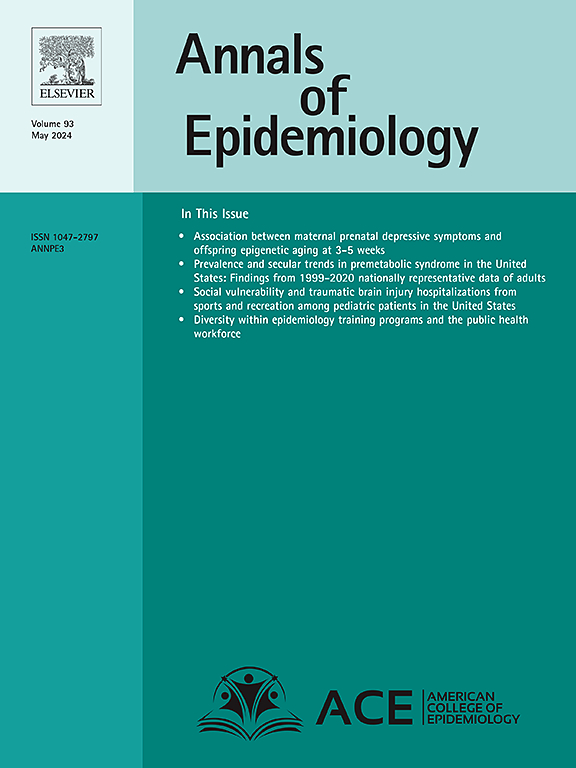The relationship between living in poverty and youth COVID-19 testing in underserved populations
IF 3
3区 医学
Q1 PUBLIC, ENVIRONMENTAL & OCCUPATIONAL HEALTH
引用次数: 0
Abstract
Background
Children living in poverty face particular risk for pandemic-related adverse health events. Place-based pandemic-related health inequities may vary for children living in poverty due to social and environmental factors. We aimed to examine the association between living in low-income households and COVID-19 testing in youth across several regions of the United States.
Methods
This cross-sectional study drew data from three Rapid Acceleration of Diagnostics–Underserved Populations projects (2021–2023). The association between living in low-income households and COVID-19 testing was analyzed by project using logistic regression adjusted for age, sex assigned at birth, race and ethnicity, and household member job loss.
Findings
Participants (n = 2934; median [first quartile-third quartile] age, 12 [11–13] years; sex, 52 % male; race, 56 % White, 21 % other; ethnicity, 48 % Hispanic, Latino, or Spanish Origin; income, 18 % living in a low-income household) were included. Overall, 83·5 % of the participants had prior COVID-19 testing. Youth participants living in low-income households had 39 % lower adjusted odds of prior testing for COVID-19 compared to those not living in low-income households (0·61; 95 % CI, 0·42–0·88).
Interpretation
Youth living in low-income households had lower odds of prior testing for COVID-19 compared to those not living in low-income households.
贫困生活与服务不足人群中青少年COVID-19检测之间的关系
背景:生活在贫困中的儿童面临与大流行有关的不良健康事件的特别风险。由于社会和环境因素,各地与大流行有关的卫生不公平现象对生活在贫困中的儿童可能有所不同。我们的目的是研究美国几个地区低收入家庭生活与年轻人COVID-19检测之间的关系。方法:本横断面研究收集了三个快速加速诊断-服务不足人群项目(2021-2023)的数据。通过项目分析了低收入家庭生活与COVID-19检测之间的关系,并对年龄、出生性别、种族和民族以及家庭成员失业进行了调整。研究结果:参与者(n= 2934;中位[IQR]年龄为12[11-13]岁;性别:52%男性;白人占56%,其他人种占21%;种族:48%为西班牙裔、拉丁裔或西班牙裔;收入(18%生活在低收入家庭)也包括在内。总体而言,83.5%的参与者之前进行过COVID-19检测。与非低收入家庭的青年参与者相比,生活在低收入家庭的青年参与者先前进行COVID-19检测的调整几率低39% (0.61;95% ci, 0.42 - 0.88)。解释:与非低收入家庭的年轻人相比,生活在低收入家庭的年轻人先前接受COVID-19检测的几率更低。
本文章由计算机程序翻译,如有差异,请以英文原文为准。
求助全文
约1分钟内获得全文
求助全文
来源期刊

Annals of Epidemiology
医学-公共卫生、环境卫生与职业卫生
CiteScore
7.40
自引率
1.80%
发文量
207
审稿时长
59 days
期刊介绍:
The journal emphasizes the application of epidemiologic methods to issues that affect the distribution and determinants of human illness in diverse contexts. Its primary focus is on chronic and acute conditions of diverse etiologies and of major importance to clinical medicine, public health, and health care delivery.
 求助内容:
求助内容: 应助结果提醒方式:
应助结果提醒方式:


